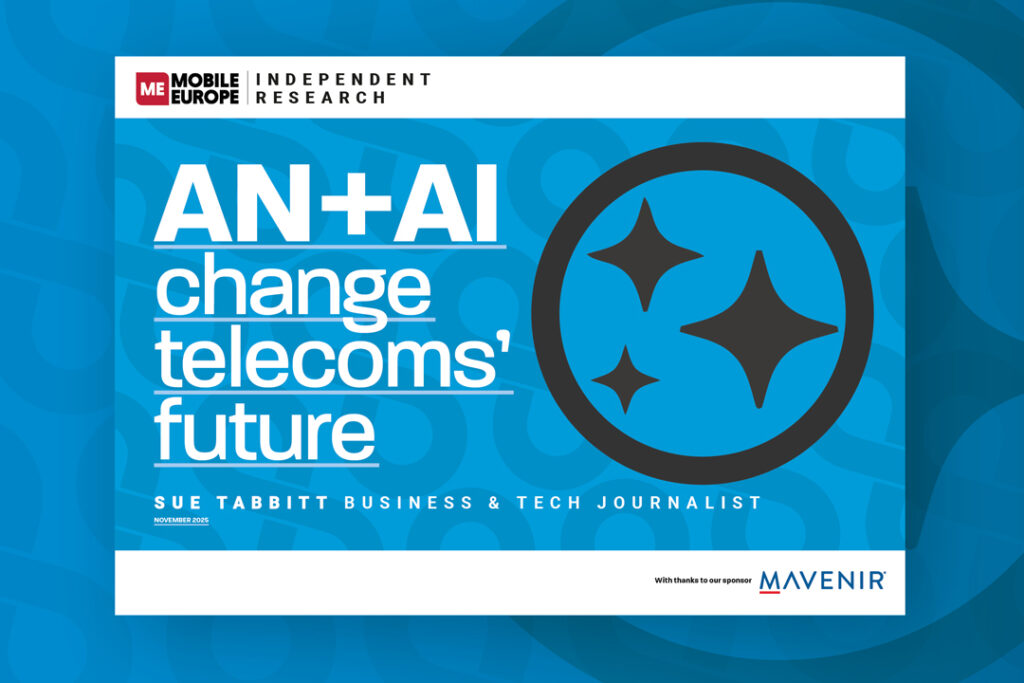AI in the RAN improves performance and unlocks new growth opportunities
Melike Erol-Kantarci, Strategic Product Manager for AI in RAN at Ericsson, talks with Mobile Europe’s Annie Turner about the transformational potential of AI in radio access networks. Recent trials show up to a 20% rise in downlink speed and up to 10% increase in spectral efficiency. That’s only part of the story.
Integrating AI into in the radio access network (RAN) can improvide network capacity, reliability, cost and energy efficiency, and deliver better overall performance and return on investment (ROI), says Erol-Kantarci. This is due to “AI becoming… the total embedded functionality in the RAN software that can enable those kind of gains.”
What is less well known, she adds, is that AI in the RAN can also unlock new business opportunities, such as mission-critical services and low latency AI applications. This is because AI-driven use cases make smarter use of the network’s capabilities and capacity, to meet the needs of a user, device and application, in real time.
In other words, AI in the RAN can open up new revenue streams and business models through differentiated connectivity. AI in the RAN is underpinned by software developed by Ericsson leveraging AI, called Ericsson 5G Advanced, to tailor the RAN’s performance.
Erol-Kantarci describes the set-up as an“AI for networks, or networks for AI kind of concept where we leverage a high performing, programmable network to enable low latency AI applications that are closer to the users, which will actually help CSPs unlock new revenue growth opportunity”.
She acknowledges that it will be important for smart glasses, special events, mission-critical and XR\VR type applications where one size does not fit all, but stresses there are many other scenarios in which users want and will be happy to pay for differentiated connectivity. For example, concert venues and sports stadia have huge numbers of people in close proximity for relatively short amounts of time. During that period, the fans simultaneously all demand fast, reliable connectivity.
Erol-Kantarci says that Ericsson’s “secret sauce” comes from having so very many field deployments, giving it a huge breadth and depth of experience. This means it is well placed to decide “on the right deployment of AI, which means, will AI be centralised, like running in our apps, or will it be distributed, running on base band in every radio side? That’s a critical decision to make, and that requires that you have to experimented with these AI techniques.”
She adds, “I’m very proud to be able to say that we have seen those learnings even in our LTE, AI-powered features. We continue to see them in our AI-powered and AI-native features. The journey continues.”
This interview was sponsored by Ericsson. To learn more, visit https://www.ericsson.com/en/5g/5g-for-service-providers/5g-advanced/solutions



